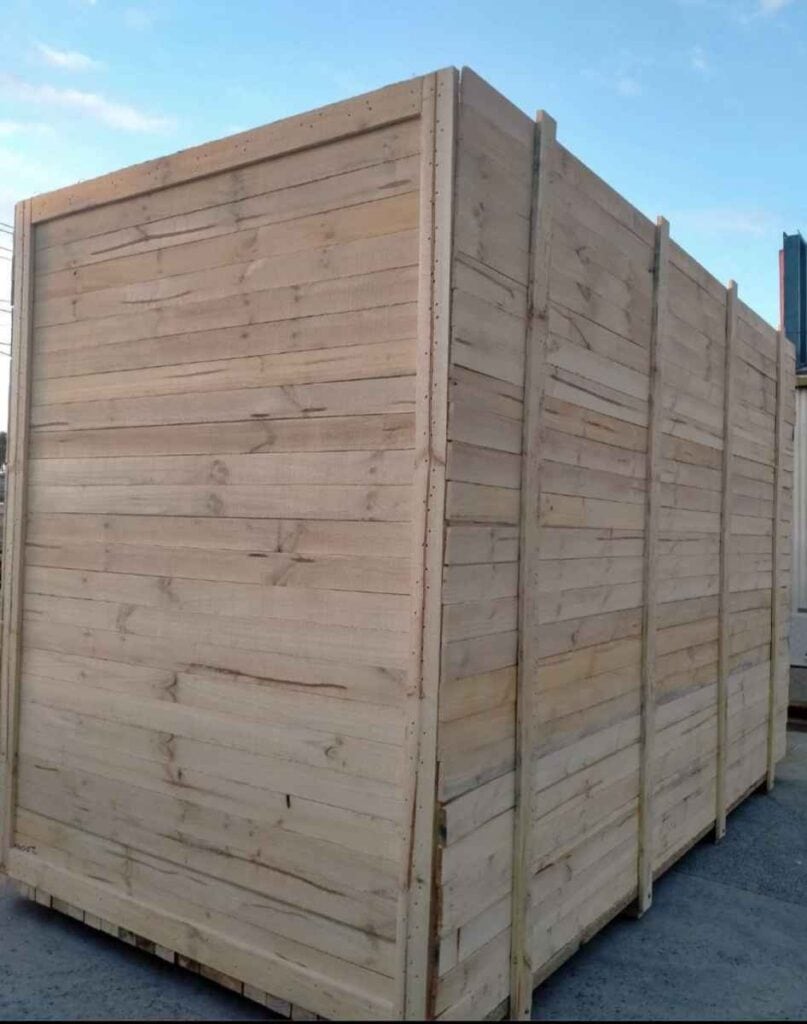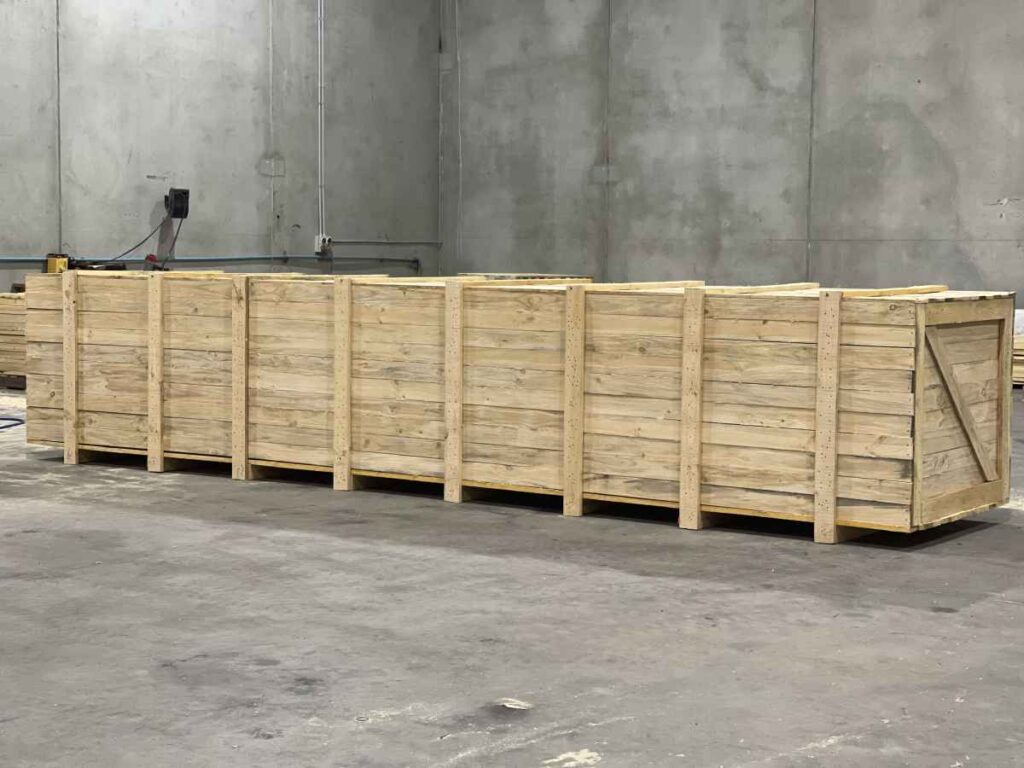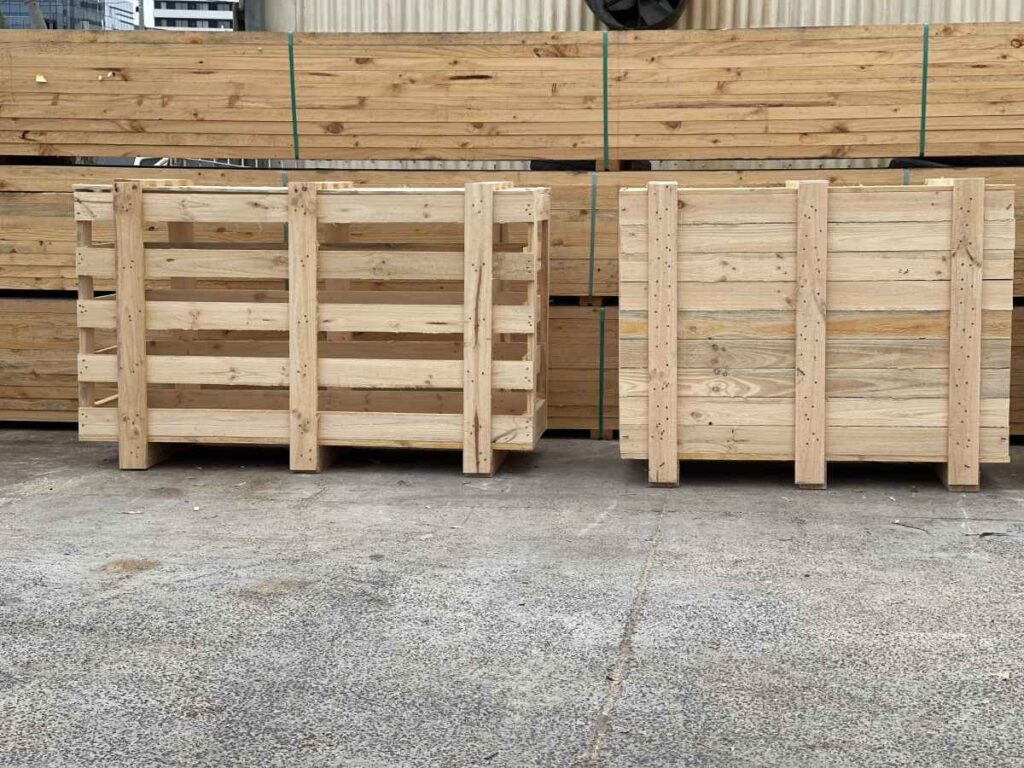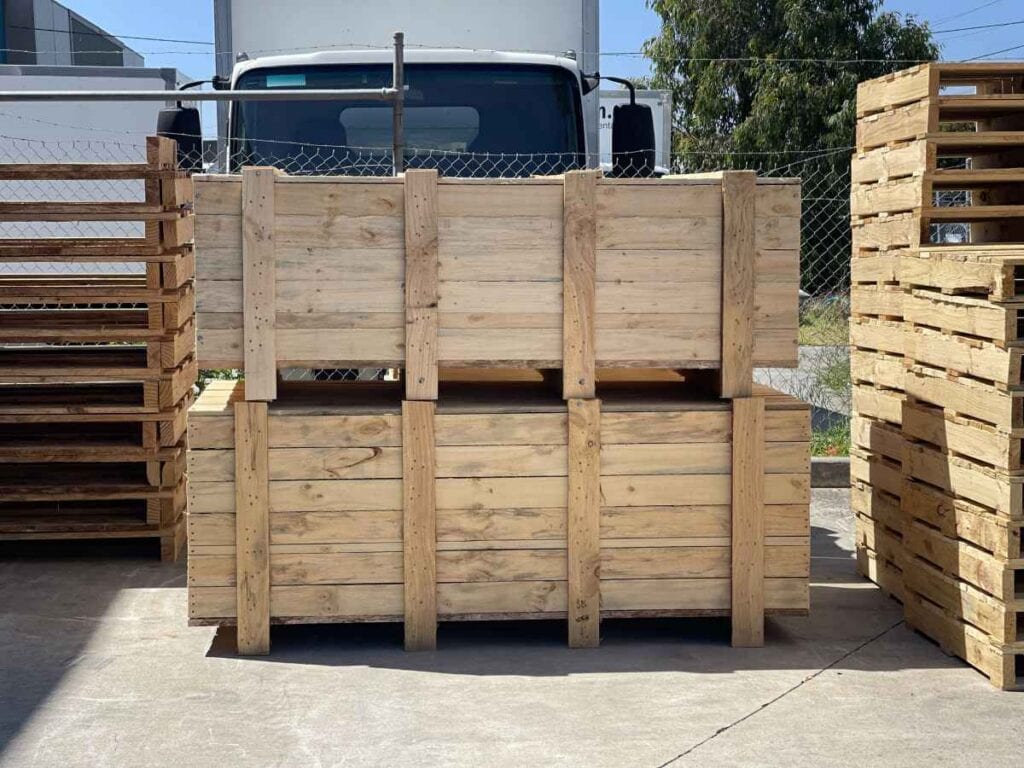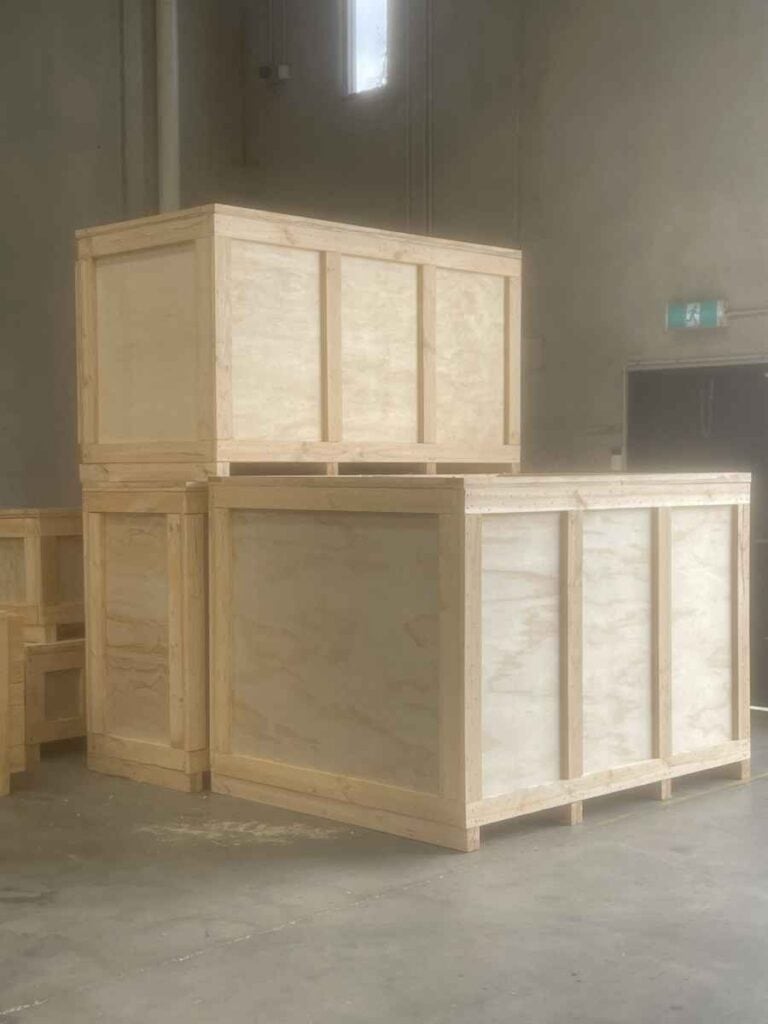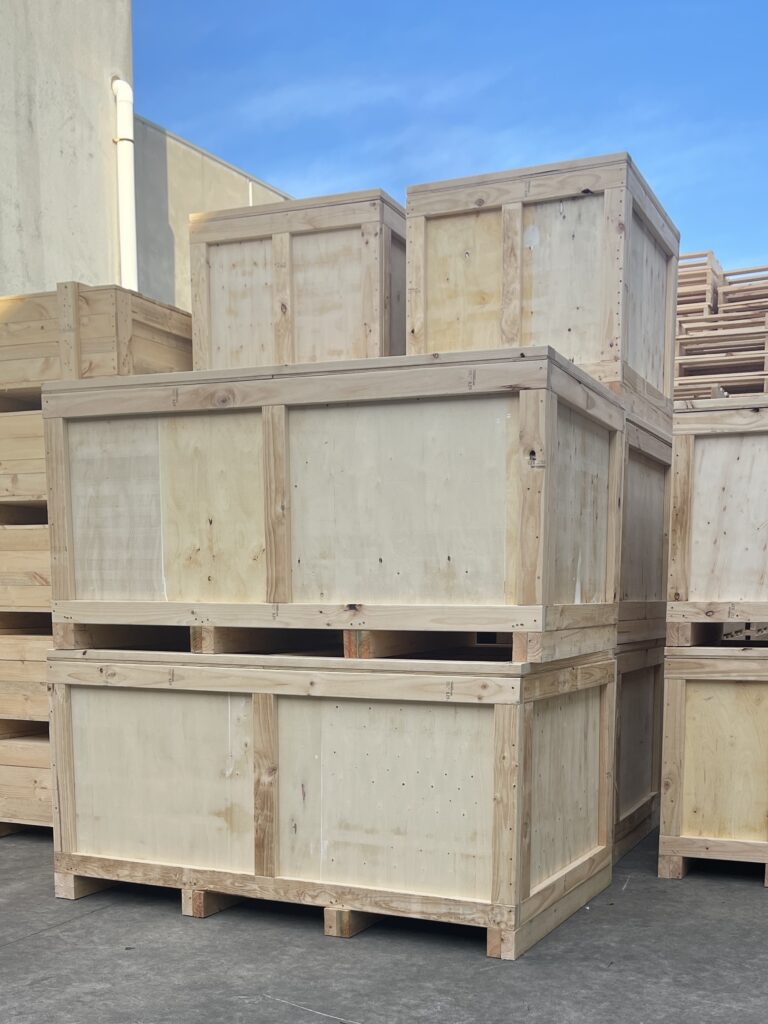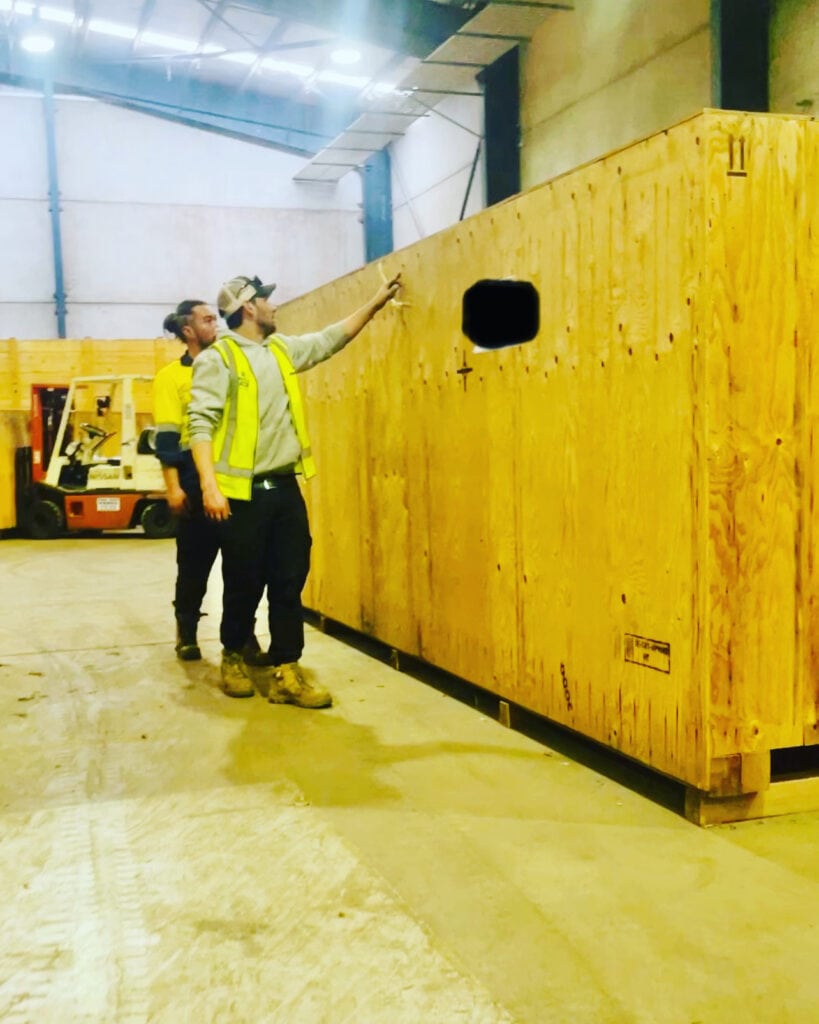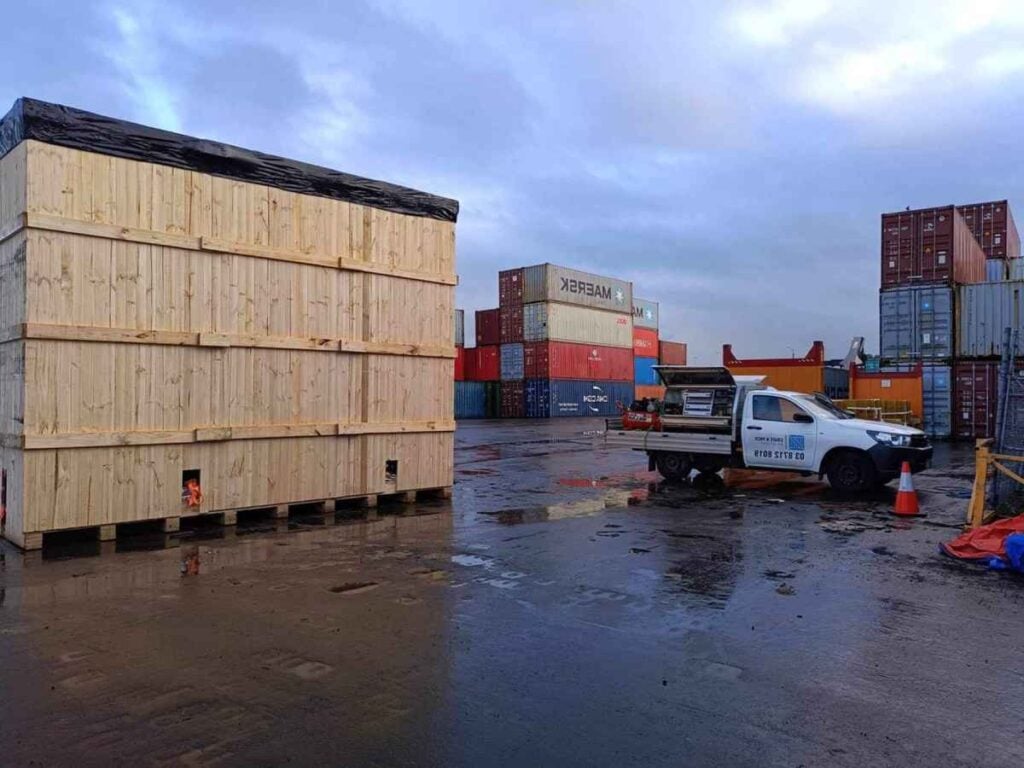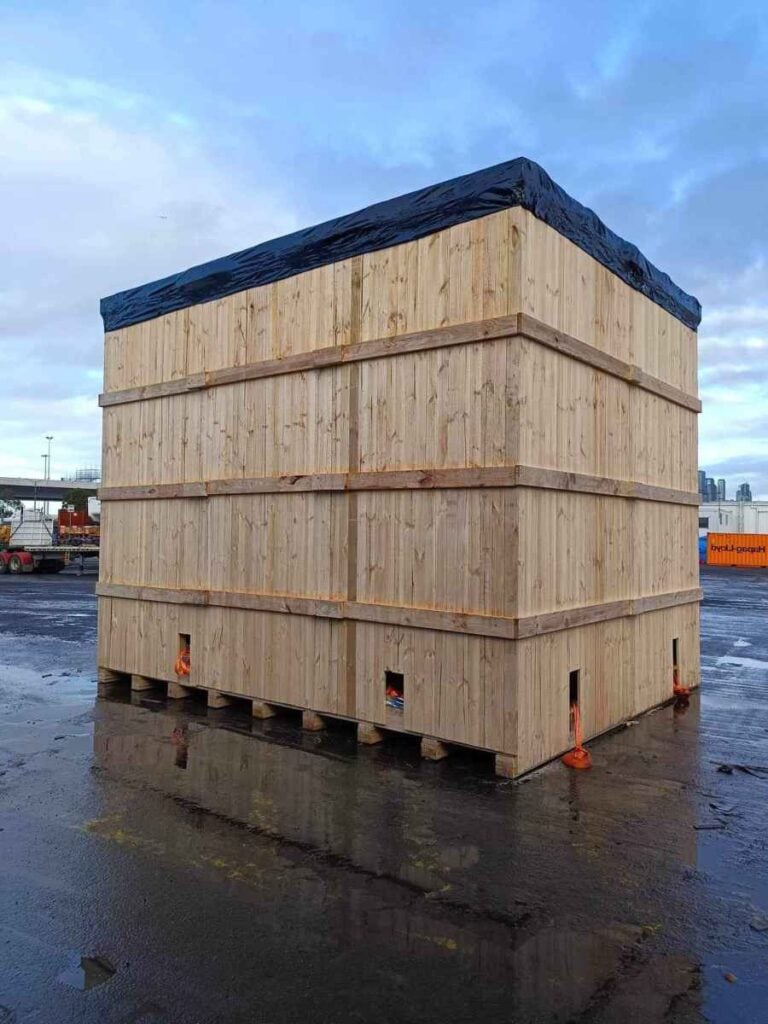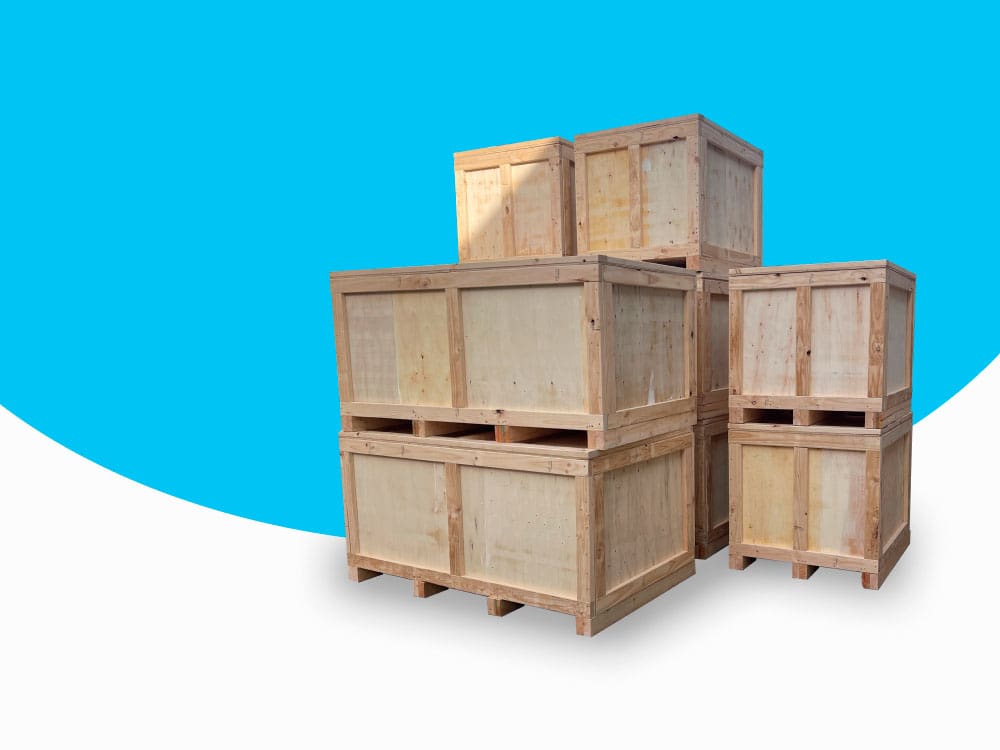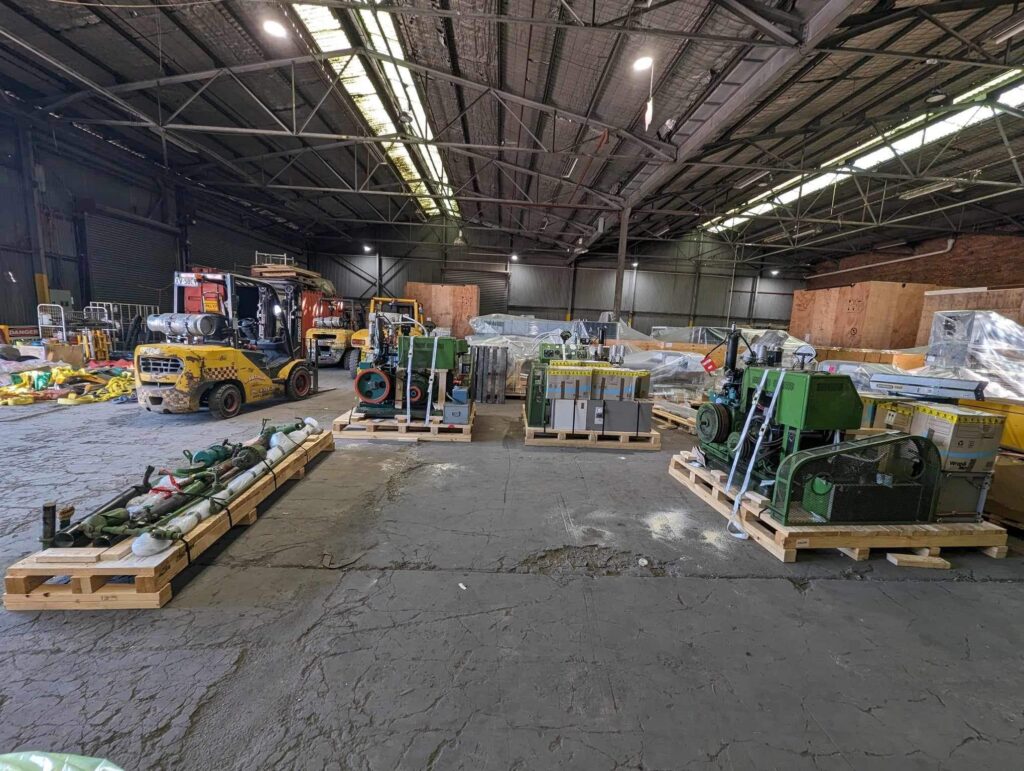When it comes to industries such as wood packaging, it is especially important to differentiate between fact and fiction today when information is so easily accessible. The shipping, warehousing, and transportation industries could only function with the contributions made by the wood packaging business. Nevertheless, there are a great number of misconceptions that frequently muddle our knowledge.
The most common misunderstandings about the wood packaging industry are addressed in this in-depth blog entry, along with correct information. Let's bust these myths and learn more about these important industries.
Common Wood Packaging Industry Myths
The wood packaging industry has been around for countless years, but misunderstandings about its attributes and environmental consequences continue to circulate. Let us address these unfounded myths.
Myth 1: Wood Packaging is Detrimental to the Environment
Contrary to prevalent belief, wood packaging is rather environmentally friendly. Items such as wooden pallets and crates are both reusable and recyclable, exemplifying eco-conscious choices.
These wooden pallets, commonly utilised for transportation and storage, are designed to be sturdy and long-lasting. Even when damaged, they are not discarded but instead repaired and refurbished for continued use.
Moreover, at the end of its life cycle, wood packaging can be ground into mulch, benefiting both soil and plant growth. This highlights a cyclical system where wood materials are returned to the Earth, contributing organic matter and nutrients to the soil.
Myth 2: Wooden Packaging Elevates One's Carbon Footprint
This myth should be promptly dispelled. Wood has an innate ability to sequester carbon dioxide from the atmosphere, contrasting its reputation as an eco-unfriendly choice. Wood harvested from sustainable forests serves as a "carbon sink," storing atmospheric carbon throughout its life.
Companies keen on reducing their environmental footprint would do well to consider wood packaging as a viable option. These materials serve as long-term carbon stores and contribute to global warming mitigation efforts.
Myth 3: Wood Packaging is Easily Damaged
Contrary to this misconception, wood packaging offers robust protection for goods during shipping. Advances in manufacturing technology have increased the resilience and longevity of these wooden containers.
Methods such as heat treatment aimed at increasing resistance to moisture and pests are commonly applied. Manufacturers also consider various factors like weather conditions and shipping methods to design wooden packaging that can withstand rigorous handling.
Myth 4: Wood Packaging is Unhygienic
In the modern era, where sanitation is paramount, the idea that wood packaging is unsanitary is utterly outdated. Rigorous procedures, including heat treatments in line with stringent standards, ensure that the wood used is devoid of contaminants.
The wood sourcing also complies with responsible forestry practices, further ensuring the quality and safety of wood packaging materials. It's time to abandon the outdated view that wood packaging is anything less than hygienic.
Myth 5: Wood Packaging is Expensive
The upfront cost of wood packaging may be higher than alternative materials, but this should be viewed in light of its long-term benefits. The durability of wood packaging negates the need for frequent replacements, translating into savings over time.
Additionally, the recycling potential of wood packaging is an often-overlooked economic benefit. Once the packaging reaches the end of its life, it can be repurposed into mulch or renewable energy, offering long-term cost-saving opportunities.
Myth 6: Wood Packaging Leads to Deforestation
Another misconception to dismantle is that the wood packaging industry causes deforestation. Rather, the industry often uses wood offcuts or wood that doesn’t meet the standards for high-quality construction or furniture, essentially recycling what might otherwise be waste.
Furthermore, the industry is largely based on sustainable forestry practices. Responsible tree harvesting ensures forests remain viable and vibrant, contributing to a healthier ecosystem for future generations.
Myth 7: Alternatives to Wood Packaging are Superior
It's easy to believe that materials like plastic and metal are better alternatives, but this is misleading. Plastics pose significant long-term environmental risks due to their non-biodegradable nature. Metals, while recyclable, consume vast amounts of energy and resources during production, leaving a considerable environmental footprint.
In contrast, wood packaging, when sustainably sourced, offers an eco-friendly option. Wood's natural decomposition ensures that it doesn’t contribute to landfill waste, unlike its plastic and metal counterparts.
Myth 8: Wood Packaging Lacks Recyclability
Wood packaging is surprisingly recyclable and biodegradable. Contrary to common belief, it has a more eco-friendly life cycle compared to plastic.
Many recycling facilities accept wooden packaging due to its high recyclability rate. This recycled wood can be turned into mulch for agricultural use or even converted to biomass energy, emphasising its role in sustainable resource utilisation.
It's high time these prevalent myths about wood packaging were debunked. This age-old industry not only offers robust and hygienic packaging solutions but also provides an environmentally responsible choice for both companies and consumers alike.
Conclusion
The shipping, warehousing, and transportation businesses all depend on the wood packaging business. However there are a lot of popular misconceptions about what it is and how it affects the environment.
Some people think that wood packaging is bad for the earth, even though it can be reused, recycled, and turned into mulch. Wood packaging can also remove carbon dioxide from the air, making it a good choice for companies that want to lower their impact on the environment.
Wooden packaging is also easy to break since it can be turned into dirt or energy that doesn't run out. The business is based on good forestry practises that make sure the materials are safe and of good quality.
Even though wood packing costs more upfront, it has long-term benefits like lower replacement costs and the possibility of being recycled. Deforestation is also not caused by wood packaging since it often uses scraps or waste from other businesses.
Even though plastic and metal are not biodegradable, they are not better than wood for packing. When it comes from a sustainable source, wood packing is an eco-friendly choice because it doesn't add to landfill waste.
The wood packaging business is not only strong and clean, but it is also a good choice for companies and consumers who care about the environment.
Content Summary
- The wood packaging industry is a crucial contributor to shipping, warehousing, and transportation sectors.
- Misconceptions about wood packaging's environmental impact are rampant and misleading.
- Wooden pallets and crates are eco-friendly options as they are both reusable and recyclable.
- Contrary to belief, wood packaging is not detrimental to the environment.
- Wooden pallets are designed for durability and longevity, making them a sustainable choice.
- Damaged wooden pallets are not discarded but are repaired and refurbished for continued use.
- Used wood packaging can be converted into mulch, contributing organic matter to soil.
- Wood packaging materials act as "carbon sinks," mitigating the effects of global warming.
- Companies looking to reduce their carbon footprint should consider wood packaging as a viable option.
- Wood packaging is not easily damaged, thanks to advances in manufacturing technology.
- Heat treatment methods increase wood packaging's resistance to moisture and pests.
- Wood packaging offers robust protection for goods during shipping.
- The idea that wood packaging is unhygienic is outdated and incorrect.
- Stringent heat treatments ensure the wood used in packaging is devoid of contaminants.
- Responsible forestry practices are adhered to in wood sourcing, ensuring its quality and safety.
- Wood packaging is not necessarily more expensive than alternative materials when considering long-term benefits.
- The durability of wood packaging negates the need for frequent replacements, offering cost savings.
- Wood packaging can be recycled into renewable energy or mulch, presenting long-term economic benefits.
- The wood packaging industry does not contribute to deforestation.
- The industry often uses wood offcuts or substandard wood, effectively recycling materials.
- Responsible tree harvesting practices contribute to a healthier ecosystem.
- Plastic and metal are not superior alternatives to wood packaging.
- Plastics present long-term environmental risks due to their non-biodegradable nature.
- Metal packaging consumes vast amounts of energy and resources during production.
- Wood's natural decomposition ensures it doesn’t contribute to landfill waste.
- Wood packaging is surprisingly recyclable and biodegradable.
- Many recycling facilities accept wooden packaging due to its high recyclability rate.
- Recycled wood packaging can be converted into agricultural mulch.
- Wood packaging can also be converted to biomass energy, emphasising its sustainability.
- Wood packaging debunks the myth that it lacks recyclability.
- The age-old wood packaging industry offers robust and hygienic solutions.
- Wood packaging serves as an environmentally responsible choice for both companies and consumers.
- The industry has been around for countless years, yet myths persist.
- The wood packaging is aligned with global warming mitigation efforts.
- Manufacturers consider various factors like weather conditions to ensure the durability of wood packaging.
- The upfront cost of wood packaging should be considered an investment in long-term savings.
- Wood packaging's cyclical system returns materials to the Earth.
- Rigorous procedures in wood packaging align with modern sanitation standards.
- Wood harvested from sustainable forests serves as a long-term carbon storer.
- Wood packaging materials are designed to withstand rigorous handling.
- Alternatives like plastics and metals leave a significant environmental footprint.
- Wood packaging offers economic benefits through its recycling potential.
- Myths about wood packaging's supposed unhygienic nature need to be abandoned.
- The wood packaging industry makes use of what might otherwise be waste materials.
- Sustainably sourced wood packaging is an eco-friendly option.
- The wood packaging industry benefits both soil and plant growth through its recycling practices.
- Myths about wood packaging elevating one's carbon footprint are easily dispelled.
- Wood packaging aligns with responsible forestry practices.
- Debunking myths about wood packaging is essential for informed decision-making.
- The wood packaging industry is a long-standing but misunderstood sector that provides a host of environmental and economic benefits.
Frequently Asked Questions
Yes, wood packaging can be recycled or repurposed. Many packaging companies have recycling programs to ensure that wood materials are reused, reducing waste and environmental impact.
Yes, wood packaging can be engineered to handle heavy loads. Different wood species and construction techniques can create sturdy packaging solutions that meet specific weight requirements.
Wood packaging can be made hygienic and safe through heat treatment to eliminate pests and pathogens. Many countries have established regulations (such as ISPM 15) to ensure the safe movement of wood packaging across borders.
Yes, wood packaging can be used for international shipping. However, it's important to comply with international regulations such as ISPM 15, which outlines treatment requirements to prevent the spread of pests and diseases.
Work with reputable packaging providers who are knowledgeable about international regulations and standards. Ensure your wood packaging is properly treated, labelled, and certified to meet the required specifications.

